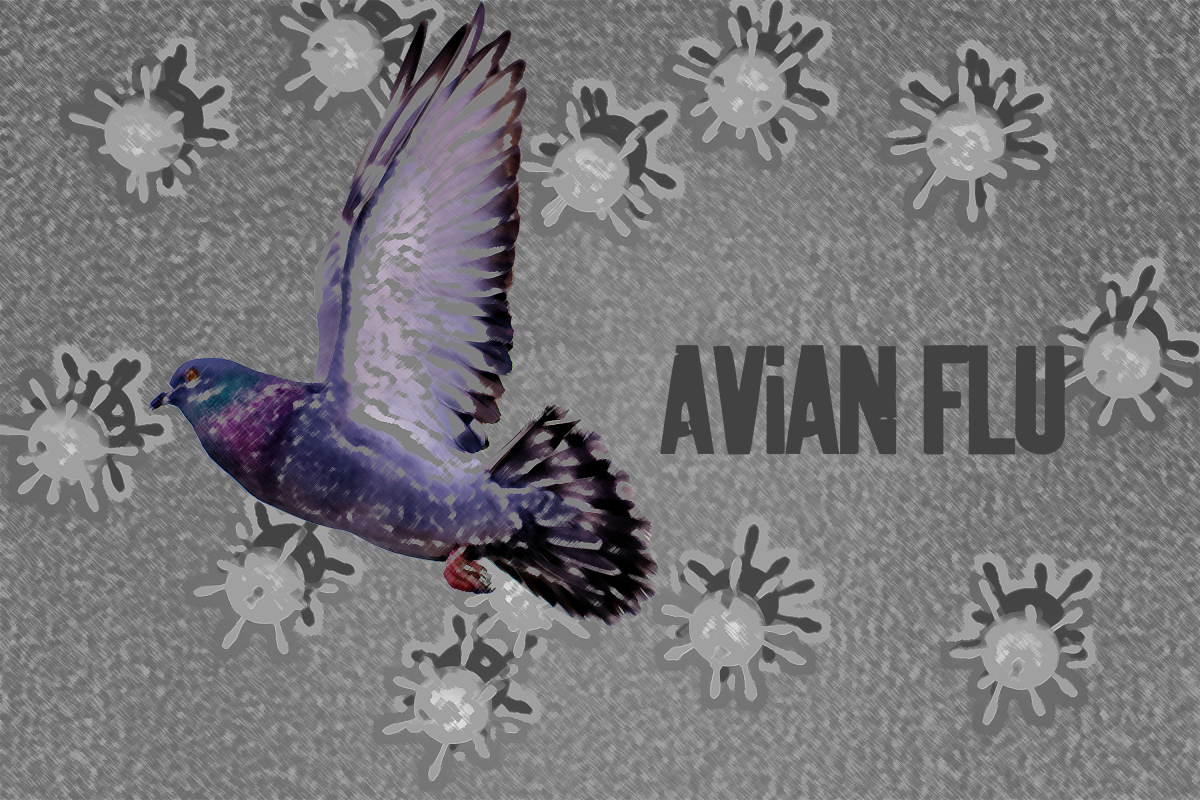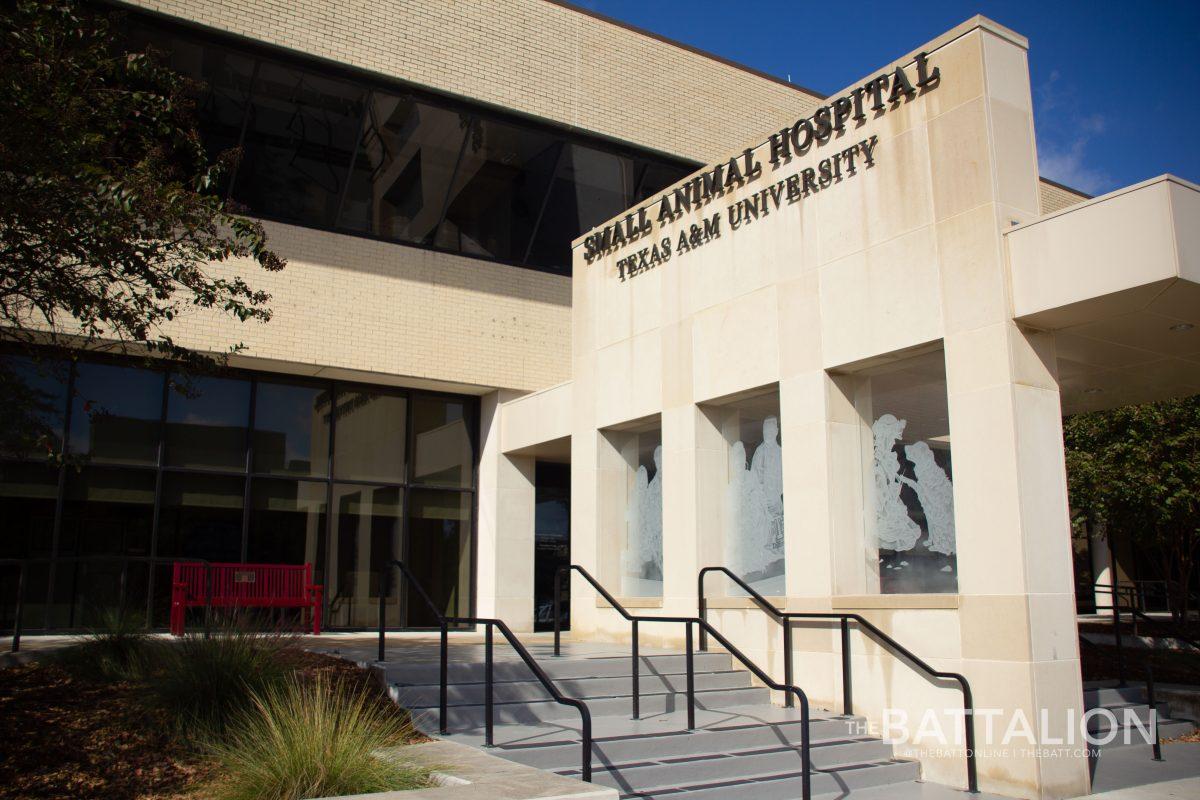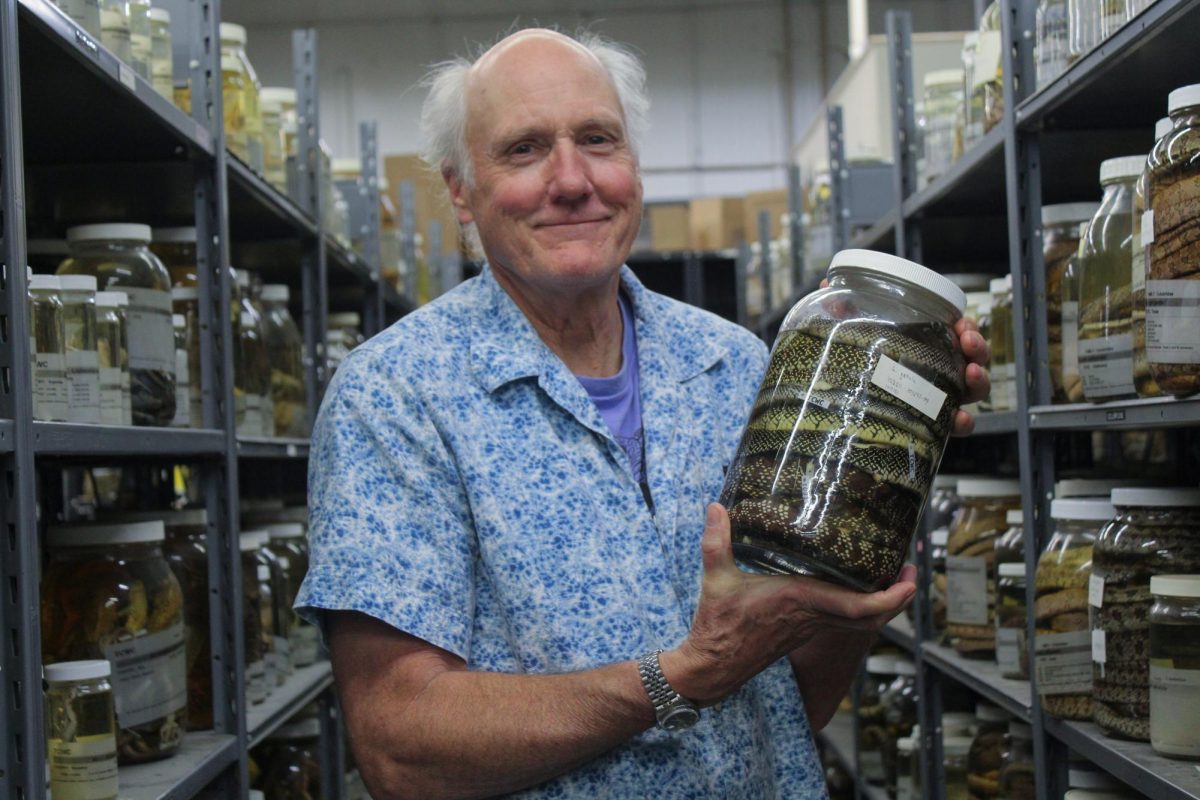Texas wildlife officials are raising concerns about the spread of bird flu, also known as highly pathogenic avian influenza, or HPAI, following confirmed cases in Harris County and Galveston.
The virus, which has led to significant poultry losses in past outbreaks, continues to spread among wild birds, raising concerns for wildlife and agricultural industries. While Brazos County has yet to report any cases, experts warn that its large bird population and proximity to affected areas could increase the risk of transmission.
The Texas Parks and Wildlife Department has issued guidelines to help slow the spread of the virus, which primarily transmits through bird droppings, contaminated food sources and contact with infected birds. While the risk of contamination to humans remains low, experts caution that it has a 50% fatality rate in rare cases where transmission occurs.
Jacquelyn Grace, Ph.D., an assistant professor in the Department of Ecology and Conservation Biology, said residents should remain aware of the evolving situation even though Brazos County is not currently experiencing an outbreak.
“We haven’t seen the same level of outbreak in Brazos County as in places like Harris County or Galveston,” Grace said. “But we do have a large number of water birds and raptors, which could play a role in future spread.”
Bird flu spreads when birds come into contact with contaminated droppings, food or surfaces, making waterfowl and scavenger birds particularly vulnerable. Migratory birds serve as primary carriers, transporting the virus to new areas as they travel.
“One of the biggest concerns is that bird flu could spread to farm-raised poultry,” Grace said. “Wild birds often carry the virus without showing symptoms, but it can be deadly to chickens and turkeys, leading to major losses for farmers.”
Texas is one of the largest poultry producers in the country, making the potential economic impact severe if the virus infiltrates poultry farms.
“Past outbreaks have forced farms to kill thousands of birds to stop the spread,” Grace said.
During the 2014-2015 outbreak, nearly 50 million birds across 15 states were culled, leading to billions of dollars in losses for farmers and supply chain disruptions for consumers. More recently, a 2022 outbreak saw an even higher toll, with 58 million birds affected, marking it the deadliest bird flu outbreak in U.S. history.
Although the current state outbreak hasn’t reached such levels, experts emphasize the importance of early intervention. Proactive monitoring and biosecurity measures could be crucial in preventing a major crisis.
“We need to keep an eye on these outbreaks,” Grace said. “Birds might eventually build immunity, but there’s also a chance the virus could mutate into something even more dangerous.”
Beyond the agricultural sector, bird flu poses a significant threat to wildlife. Birds play an essential role in maintaining ecological balance by controlling insect populations, dispersing seeds and contributing to overall biodiversity. Certain bird species, including eagles, hawks and vultures, are particularly susceptible to the virus, and a significant loss in their populations could have cascading effects on the environment, Grace said.
“If we lose scavenger birds like vultures, dead animals will take longer to decompose, which could increase the spread of other diseases,” she said.
Some conservationists also worry that continued outbreaks could push endangered bird species closer to extinction. Species already struggling due to habitat loss and climate change may find it even more difficult to recover if bird flu spreads through their populations.
The immediate risk remains low for Bryan-College Station residents, but Grace encouraged preventive measures to avoid unnecessary spread.
“We should be aware but not alarmed,” she said. “If you see a sick or dead bird, report it, so we can track the virus and reduce its spread.”
Individuals with chickens should implement additional biosecurity measures to prevent interaction between domestic and wild birds.
“If you have backyard chickens, make sure they don’t share food or water with wild birds,” Grace said. “That’s one of the easiest ways to prevent infection.”
The Texas Parks and Wildlife Department continues to monitor bird flu cases across the state while A&M researchers study the virus’s transmission patterns to improve response efforts. Their goal is to gather data on how the virus spreads and identify strategies to mitigate further outbreaks.
Residents who come across dead or sick birds are encouraged to report them to local wildlife agencies. Even small precautions, such as limiting contact with wild birds and ensuring proper hygiene, can help curb the virus’s impact.
“The sooner we respond, the better chance we have of keeping it under control,” Grace said.






















